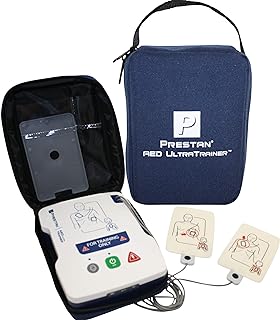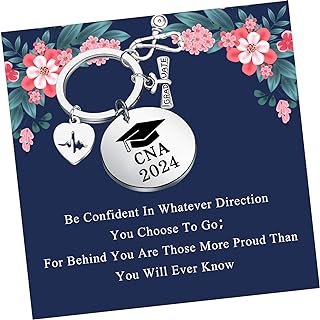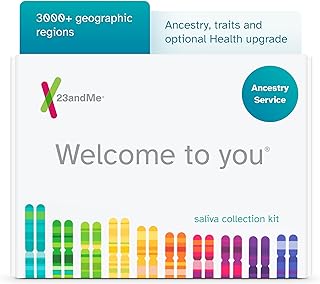5 important factors worth considering when looking for the best aed
When you’re thinking about buying an Automated External Defibrillator (AED), there are some important things to consider to make sure it will be safe for people to use. Choosing an AED is a big decision because it could be the difference between life and death in a sudden cardiac arrest situation. It’s crucial to think about how easy the device is to use, how easy it is to move around, how long it will last, and how cost-effective it is. By thinking about these key factors carefully, individuals and organizations can get an AED that meets their needs and is a reliable tool for saving lives in emergency situations.
See our guide to the best aed.
Brand reputation
When you’re thinking about buying an Automated External Defibrillator (AED), it’s important to consider the reputation of the brand. Choosing a well-known and respected brand can give you a feeling of security and show that you value quality and reliability. Established brands in the medical equipment industry usually invest in research and development to make sure their products are very safe and effective. Buying an AED from a trusted brand can give you confidence that it will work properly during an emergency, which could save someone’s life.
When it comes to AEDs, brand reputation is more than just a name; it represents a promise of high quality and expertise. Selecting a well-known brand means you’re choosing a company with a history of innovation and happy customers. This reputation shows the brand is committed to improving technology and staying competitive in the field of life-saving devices. With so many options on the market, considering a brand’s reputation can help you pick an AED that is not just a tool, but a reliable partner in saving lives.
Ease of use
When you’re thinking about buying an automated external defibrillator (AED), one important thing to consider is how easy it is to use. Being able to quickly and confidently use an AED during a sudden heart emergency can mean the difference between life and death. An AED that is easy to use will have clear instructions, an intuitive interface, and require few steps to activate.
In high-stress situations where time is of the essence, having an AED that is simple and user-friendly can save a life. It’s important that AEDs are accessible and easy to use for people with no medical training in order to improve survival rates during sudden cardiac arrest. Making it easier to use an AED not only helps bystanders take quick action, but also reduces the chance of mistakes in a critical moment.
By focusing on making AEDs easy to use, we can encourage people to be prepared and respond proactively to heart emergencies in our communities. Investing in user-friendly AEDs is not just about convenience – it’s a crucial step towards creating a safer and more resilient society.
Durability
When thinking about buying an AED, it’s important to focus on durability. A strong AED means you can rely on it in emergencies, saving lives when time is crucial. Choosing a durable AED not only gives peace of mind, but also shows a dedication to being prepared for emergencies. The durability of an AED is connected to its ability to work in different conditions and last a long time. By prioritizing durability, people and organizations can trust that their AED will work well during a heart emergency without breaking down early.
In addition, selecting a durable AED shows a commitment to long-term safety and effectiveness. A sturdy design helps the device last longer and work better when needed. Durability represents a focus on quality and reliability in protecting human life. Ultimately, a durable AED shows a strong dedication to saving lives and maintaining safety standards. By emphasizing durability in the decision-making process, individuals and groups can strengthen their readiness for emergencies and improve their ability to act quickly and decisively in critical situations, making their life-saving efforts even more impactful.
Cost of maintenance
When you buy an Automatic External Defibrillator (AED), it’s important to think about maintenance costs. While the initial cost of an AED is important for saving lives during sudden cardiac arrests, the ongoing costs of maintenance can have a big impact on your overall budget. It’s crucial to keep up with regular maintenance, like changing pads and batteries, making sure it’s calibrated correctly, and doing routine checks, to make sure the AED will work in an emergency. If you neglect maintenance, the AED could stop working properly and not be able to revive someone in need.
Thinking about the total costs of owning an AED is key for individuals, organizations, or businesses thinking about getting one. It’s not just about the upfront cost, but also about creating a budget that covers ongoing maintenance and replacing parts over time. By planning for these costs from the start, you can make sure your AED is always ready to save lives when every second counts. Making maintenance costs a priority in your AED investment plan is a smart way to show how important it is to not only have the device, but also to make sure it works properly to keep people safe.
Training and support availability
When buying an Automated External Defibrillator (AED), it’s important to consider the training and support available. AEDs are devices that can save lives, but they need to be used correctly in emergencies. Buyers should make sure the seller provides thorough training so users feel confident and know how to use the AED properly. This not only helps individuals using the AED, but also makes the community safer by preparing more people to act and save lives.
Continued support after purchasing an AED is also crucial. Buyers should look for sellers who offer maintenance, updates, and refresher courses to keep the AED in good condition and users knowledgeable. Having ongoing support builds trust and reliability, making users more likely to use the device effectively. Without proper training and support, the AED may not be as effective at saving lives. Investing in training and ongoing support when buying an AED is a responsible choice that shows a commitment to protecting those around us.
Conclusion
In summary, Automated External Defibrillators (AEDs) play a critical role in saving lives during sudden cardiac emergencies. They are easy to use and deliver important electrical shocks to help restore a normal heart rhythm, making them essential for increasing survival rates. By making AEDs more available, providing training, and raising awareness, communities can better prepare to respond to heart incidents and make a significant impact in protecting lives. Want more info on usb headset splitter for training, check the best usb headset splitter for training.



